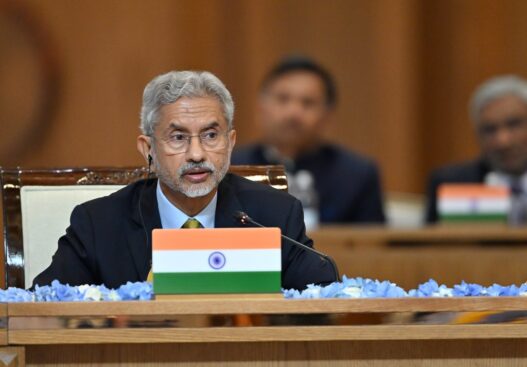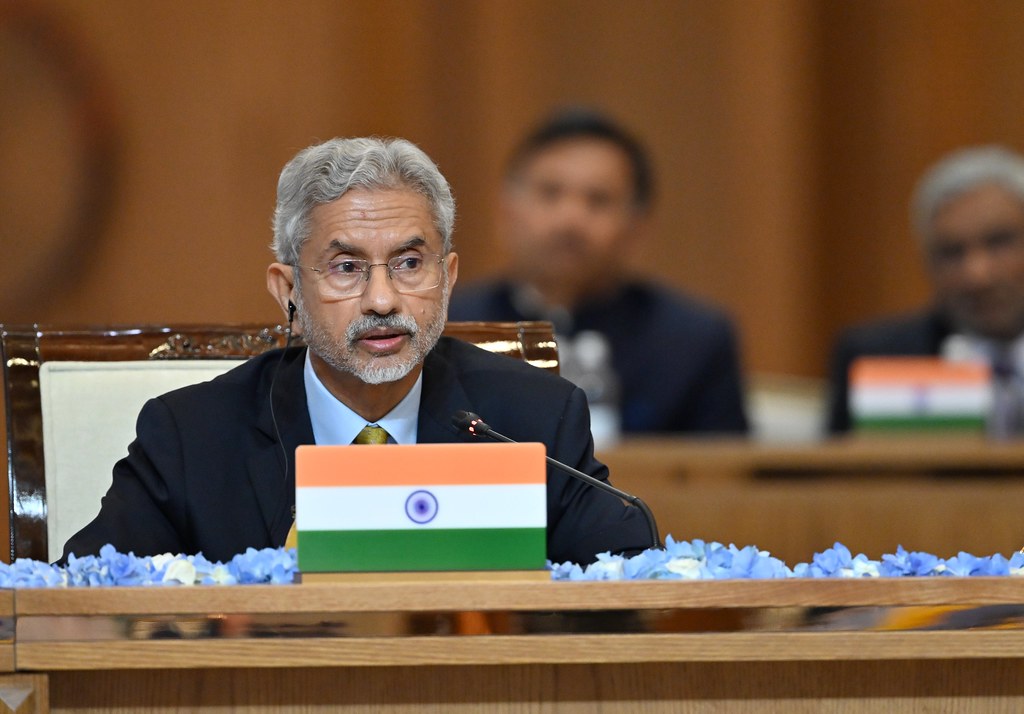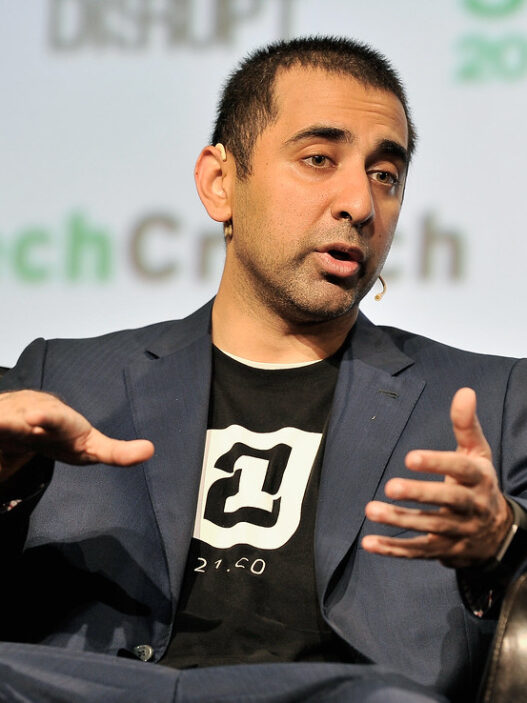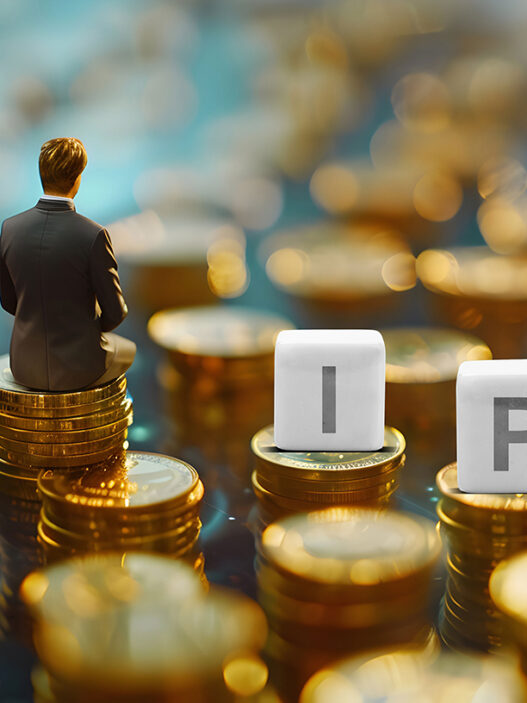India Says “No” to a BRICS‑Wide Currency
India has firmly distanced itself from proposals for a unified BRICS currency. In February, Union Commerce Minister Piyush Goyal stated unequivocally:
“We are on record — we don’t support any BRICS currency… Imagine us having a currency shared with China. We have no plans; it is impossible to think of a BRICS currency.”
External Affairs Minister S. Jaishankar reinforced this stance at the Doha Forum:
This reflects India’s protective approach toward its economic sovereignty, and its awareness of China’s dominant role in any shared currency initiative.
India’s Pragmatic Currency Policy
Rather than embracing a supranational currency, India is pursuing a gradual shift by increasing rupee-based bilateral trade. The Reserve Bank’s governor, Shaktikanta Das, described this approach as “de‑risking”—reducing over‑dependence on any single currency—while noting a shared BRICS currency would require political and economic cohesion India currently lacks .
Strategic Affirmation from Analysts
DRI director Ajai Sahai noted that without India’s support, “a common BRICS currency is simply not on India’s agenda”
“Any common currency is not going to help anyone; only the dominant countries like China ultimately will dictate. So, it is very difficult to develop a consensus.”
Startups Endorse the Decision
Indian startup leaders have applauded the government’s stand.
“This is a smart move by India. India contributes 3% to the world’s GDP… With China, our chance to be a net exporter is close to 0.”
This quote emphasizes the strategic alignment with U.S. markets over China-centric systems.
Global Business Voices
International business figures have also weighed in. Michael J. Levas, a Partner in investment banking, commented:
“The settlement of oil payments in local currencies creates a significant risk… Exporters and importers typically prefer the greenback for its stability and liquidity.”
Arturo Fontes, CEO and former diplomat, observed:
“Saudi Arabia and India are rejecting a BRICS currency, opting instead to promote the US dollar.” Arturo Fontes, CEO
These comments support the view that the U.S. dollar remains the preferred anchor for global trade stability.
Balancing Diplomacy, Economics & Growth
India’s stance reflects its strategy of maintaining autonomy—engaging with both Western democracies and the Global South, yet avoiding economic choices that might harm its global trade ties businesstoday.in.
What Lies Ahead
- Short term: India will continue prioritizing dollar-based trade while expanding bilateral rupee settlements.
- Medium term: Ongoing BRICS dialogue—but with guarded participation in currency cooperation.
- Long term: A shared BRICS currency remains unlikely unless institutional unity deepens significantly among BRICS nations.
Bottom Line
India’s rejection of a BRICS currency is driven by its economic prudence, geopolitical balance, and steadfast alignment with global markets. With strong backing from startup leaders like Akshat Shrivastava, and analytic reinforcement by global business figures, India’s position underscores the complexity and nuance behind any shift away from the U.S. dollar. While rupee trade settlements may grow pragmatically, a full-scale BRICS currency remains off the table—for now.



















